

- RFQ
- BOM
-
Contact Us
Tel: +86-0755-83501315
Email: sales@sic-components.com
- Chinese
- English
- French
- German
- Portuguese
- Spanish
- Russian
- Japanese
- Korean
- Arabic
- Irish
- Greek
- Turkish
- Italian
- Danish
- Romanian
- Indonesian
- Czech
- Afrikaans
- Swedish
- Polish
- Basque
- Catalan
- Esperanto
- Hindi
- Lao
- Albanian
- Amharic
- Armenian
- Azerbaijani
- Belarusian
- Bengali
- Bosnian
- Bulgarian
- Cebuano
- Chichewa
- Corsican
- Croatian
- Dutch
- Estonian
- Filipino
- Finnish
- Frisian
- Galician
- Georgian
- Gujarati
- Haitian
- Hausa
- Hawaiian
- Hebrew
- Hmong
- Hungarian
- Icelandic
- Igbo
- Javanese
- Kannada
- Kazakh
- Khmer
- Kurdish
- Kyrgyz
- Latin
- Latvian
- Lithuanian
- Luxembou..
- Macedonian
- Malagasy
- Malay
- Malayalam
- Maltese
- Maori
- Marathi
- Mongolian
- Burmese
- Nepali
- Norwegian
- Pashto
- Persian
- Punjabi
- Serbian
- Sesotho
- Sinhala
- Slovak
- Slovenian
- Somali
- Samoan
- Scots Gaelic
- Shona
- Sindhi
- Sundanese
- Swahili
- Tajik
- Tamil
- Telugu
- Thai
- Ukrainian
- Urdu
- Uzbek
- Vietnamese
- Welsh
- Xhosa
- Yiddish
- Yoruba
- Zulu
- Kinyarwanda
- Tatar
- Oriya
- Turkmen
- Uyghur
Supply Capacitors For Power Electronics
1. Introduction
Capacitors are the unsung heroes in the electronics industry, especially in power electronics. As crucial passive components, they undertake diverse functions such as coupling, decoupling, power supply filtering, signal filtering, impedance matching, energy storage, and snubber actions in electronic circuits. However, choosing the right - sized capacitor for a specific power electronics application is a complex task that demands careful consideration of multiple parameters. This comprehensive guide aims to dissect these factors and offer insights into making informed capacitor selection decisions.
2. Understanding the Key Parameters for Capacitor Size Selection
2.1 Nominal Capacitance
The nominal capacitance value is the starting point for capacitor selection in power electronics. Designers typically calculate the required capacitance based on the electrical characteristics of the circuit or refer to integrated circuit datasheets for recommended values. Different power electronics applications have distinct capacitance requirements. For example, in high - frequency power conversion circuits, picofarad - range ceramic capacitors are often employed, while microfarad - range aluminum electrolytic capacitors are suitable for power supply filtering where substantial charge storage is necessary, such as in DC - DC converters.
2.2 Tolerance
Tolerance defines the allowable variation range of a capacitor's actual capacitance. In precision power electronics applications, like high - end measurement instruments or advanced control systems, low - tolerance capacitors are essential to ensure accurate circuit performance. High - tolerance capacitors may introduce errors, affecting the overall functionality. Notably, the physical size of a capacitor generally correlates with its capacitance; as capacitance increases, so does the physical size, regardless of the tolerance level.
2.3 Working Voltage and Ripple Current
2.3.1 Working Voltage
The rated voltage of a capacitor indicates the maximum continuous DC or AC voltage it can endure without failure. Exceeding this rating can cause permanent damage and significantly shorten the capacitor's service life. A common practice is to select a capacitor with a rated voltage two to three times higher than the expected operating voltage. This derating strategy enhances reliability but also increases the capacitor's physical size. For instance, among electrolytic capacitors with the same capacitance, those with higher rated voltages have larger diameters. In high - voltage power electronics applications, such as electric vehicle charging stations, proper voltage rating selection is critical for safety and reliable operation.
2.3.2 Ripple Current
Ripple current is a key factor, particularly in high - load power electronics applications. In real - world scenarios, ripple current or leakage current flows through the capacitor's dielectric. Electrolytic capacitors usually have lower rated ripple currents. For applications that need to tolerate high ripple content and are compatible, film capacitors are a better option. As the capacitor's ripple current tolerance increases, its physical size also grows.
2.4 Working Temperature and Temperature Coefficient
2.4.1 Working Temperature
The working temperature of a capacitor is a vital environmental factor. It is necessary to choose a capacitor with a rated temperature higher than the actual application temperature and reserve a margin for internal heating, as internal heat can cause temperature elevation. Insufficient temperature margin may lead to capacitor failure and even explosion risks.
2.4.2 Temperature Coefficient
Capacitor capacitance varies with temperature. In temperature - sensitive power electronics circuits, the temperature coefficient becomes a crucial consideration. To maintain stable capacitance over a wide temperature range, capacitors with the smallest temperature coefficients should be selected. Moreover, the physical size of a capacitor is directly related to the temperature range it can withstand; capacitors designed for extreme and wide - temperature applications require more circuit board space.
3. Other Considerations for Capacitor Selection
In addition to the primary parameters, several other factors impact capacitor selection in power electronics:
Equivalent Series Resistance (ESR): ESR represents the internal resistance of the capacitor and influences its power - dissipation capabilities. In power electronics, low ESR is desirable as it minimizes power losses within the capacitor. High ESR can result in significant heat - based power dissipation, reducing circuit efficiency. For example, in switching power supplies, low - ESR capacitors enhance power conversion efficiency by reducing heat - related energy waste.
Equivalent Series Inductance (ESL): ESL measures the internal inductance of the capacitor and its impedance at high frequencies. In high - frequency applications, such as high - speed digital circuits or RF circuits, low ESL is crucial to minimize signal distortion and improve performance, ensuring accurate signal transmission and processing.
Rated Reverse Voltage: In circuits where reverse voltage may occur, the rated reverse voltage of the capacitor is important to prevent damage.
Frequency Response: In high - frequency power electronics applications, the capacitor's frequency response affects its performance and compatibility with the circuit.
Operating Losses, Service Life, and Mean Time Before Failure (MTBF): These factors collectively impact the overall performance and reliability of the capacitor in power electronics systems. Each of these considerations can lead to size variations in capacitors, further complicating the selection process.
4. Leveraging Design and Analysis Tools
For power electronics designers working with capacitors, tools like those from Cadence are extremely valuable. These design and analysis tools offer simulation functions that enable designers to compare the performance of different capacitor types within a circuit. By utilizing these tools, designers can make more informed capacitor selection decisions, ensuring that their electronic circuits achieve optimal performance, power efficiency, and space utilization.
5. Conclusion
Selecting the appropriate capacitor for power electronics applications is a multi - faceted process. It requires an in - depth understanding of application requirements, the characteristics of different capacitor types, and key performance parameters. By carefully evaluating factors such as capacitance, voltage rating, ESR, ESL, temperature stability, lifespan, and cost, engineers and designers can optimize the performance, efficiency, and reliability of power electronic systems.
6. Introducing Our High - Performance Capacitors
Introducing our supply capacitors for power electronics, the essential component for ensuring the efficient and reliable operation of power systems. Our capacitors are designed to provide high capacitance and low ESR (equivalent series resistance), offering the stability and performance required for power electronic applications. With a wide range of capacitance values and voltage ratings, our capacitors are suitable for a variety of power electronics applications, including inverters, converters, and motor drives.
Our capacitors are built to withstand the demanding conditions of power electronics, delivering excellent ripple current handling and long operational lifespan. Whether you need capacitors for renewable energy systems, industrial equipment, or electric vehicle charging stations, our products are engineered to meet the requirements of modern power electronics. Trust in our supply capacitors for power electronics to optimize the efficiency and reliability of your power systems.
https://www.sic-components.com/capacitors

Hot Products
View MoreRelated Blogs

2000+
Daily average RFQ Volume

30,000,000
Standard Product Unit

2800+
Worldwide Manufacturers

15,000 m2
In-stock Warehouse




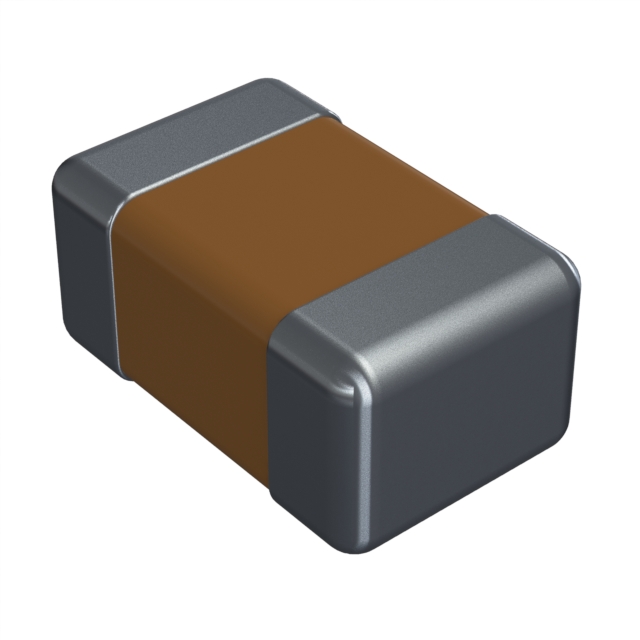
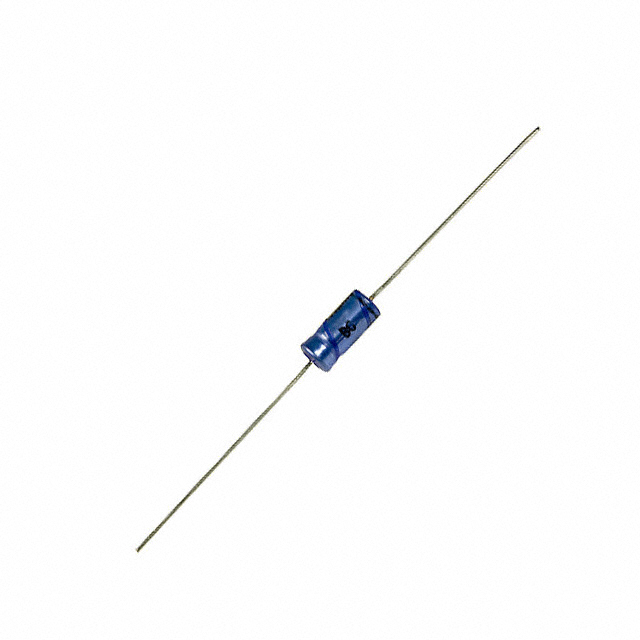
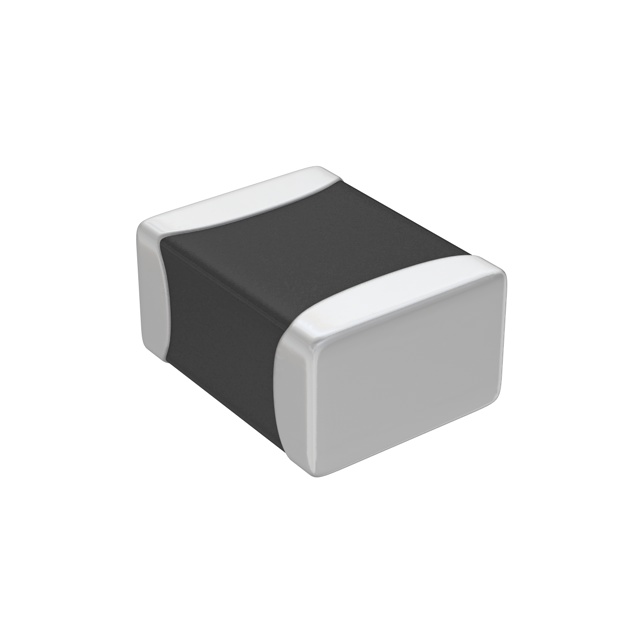
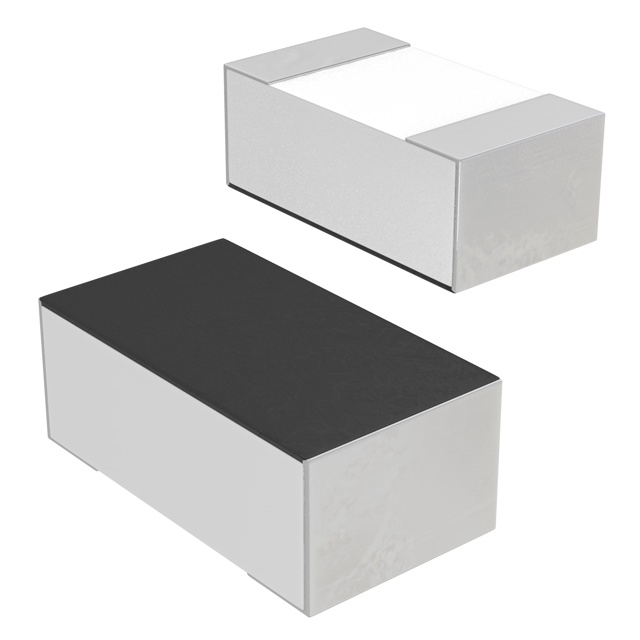
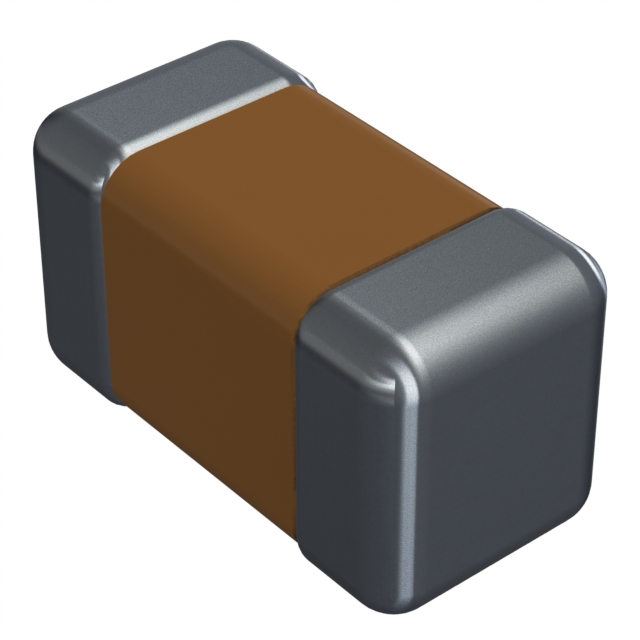









 Wishlist (0 Items)
Wishlist (0 Items)